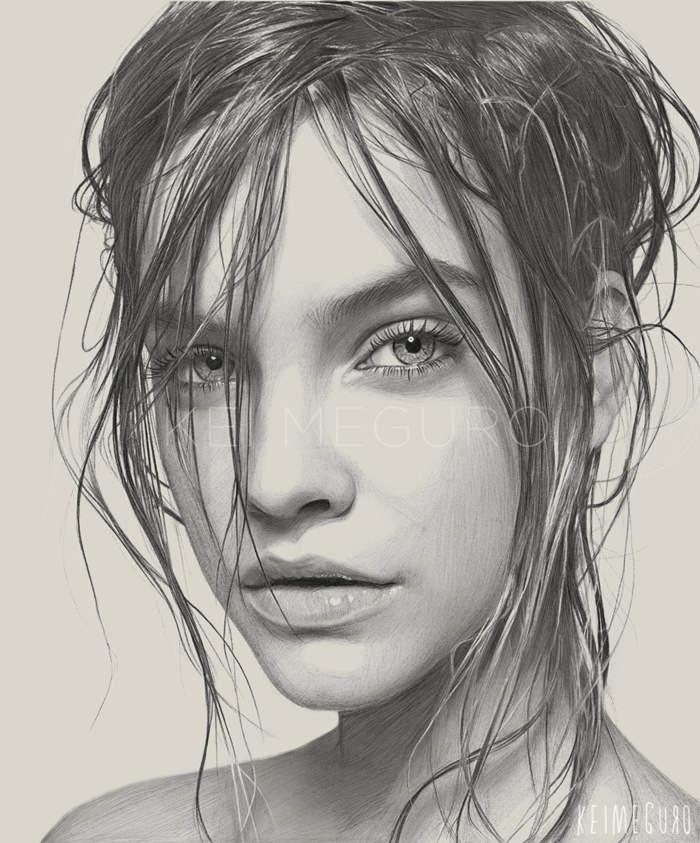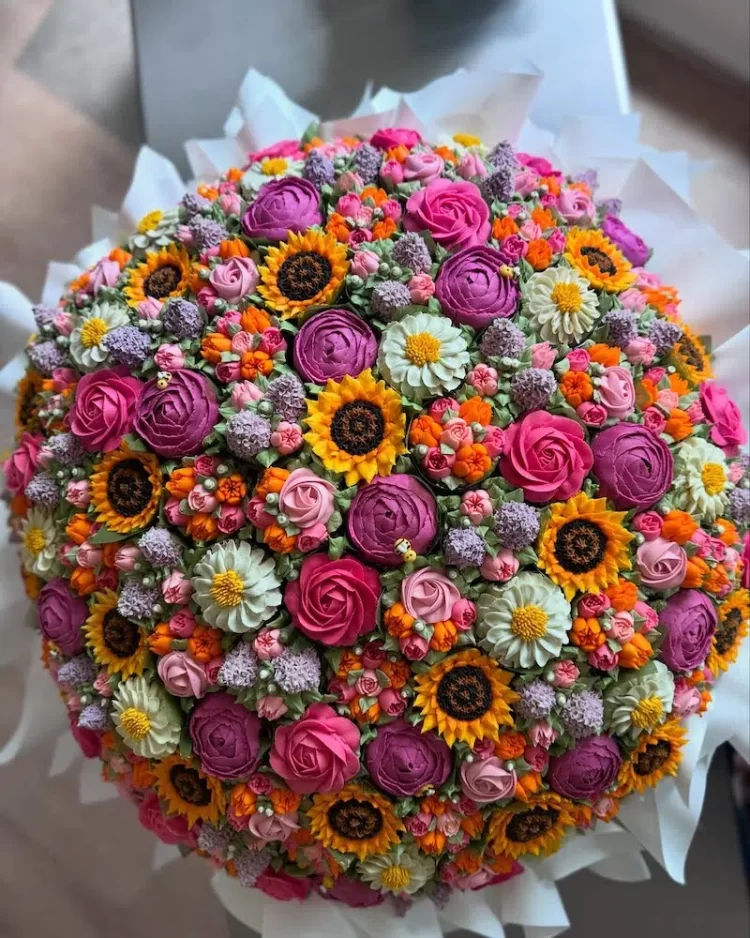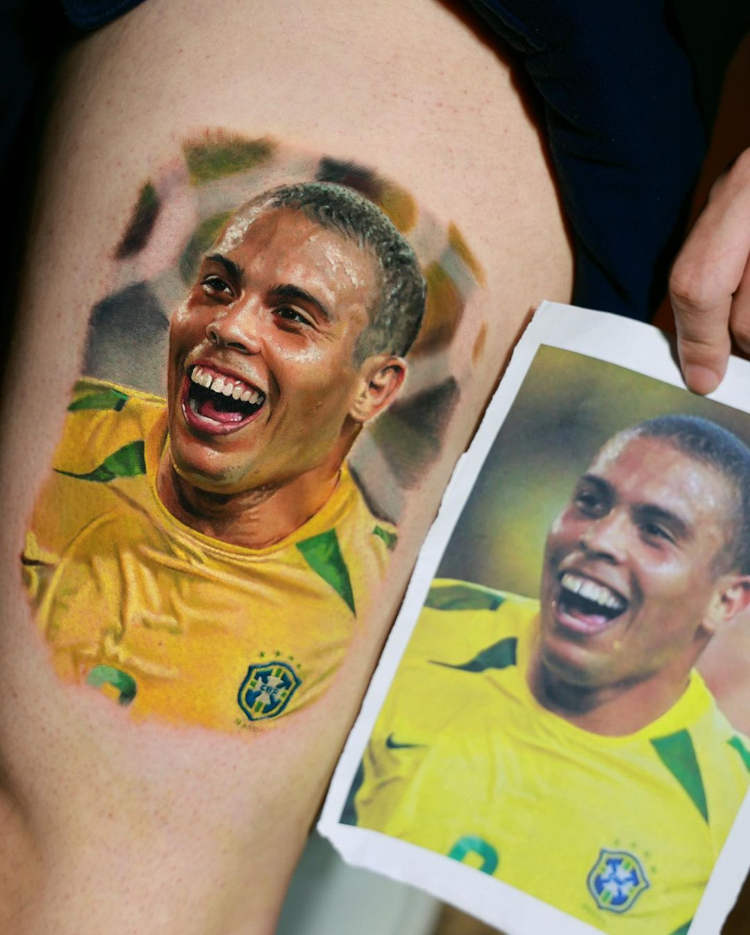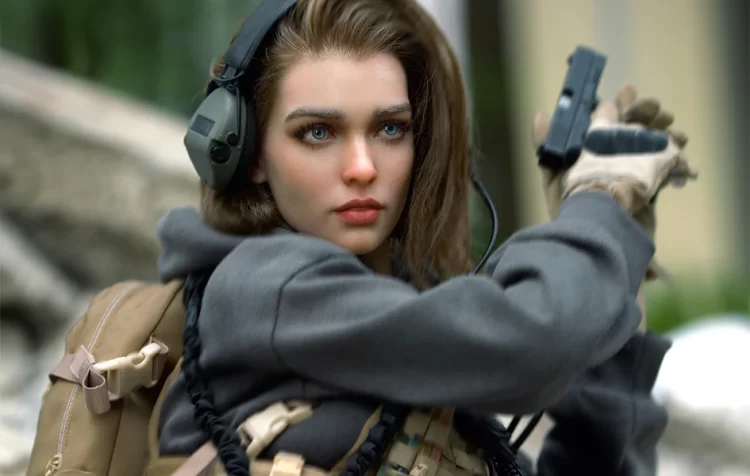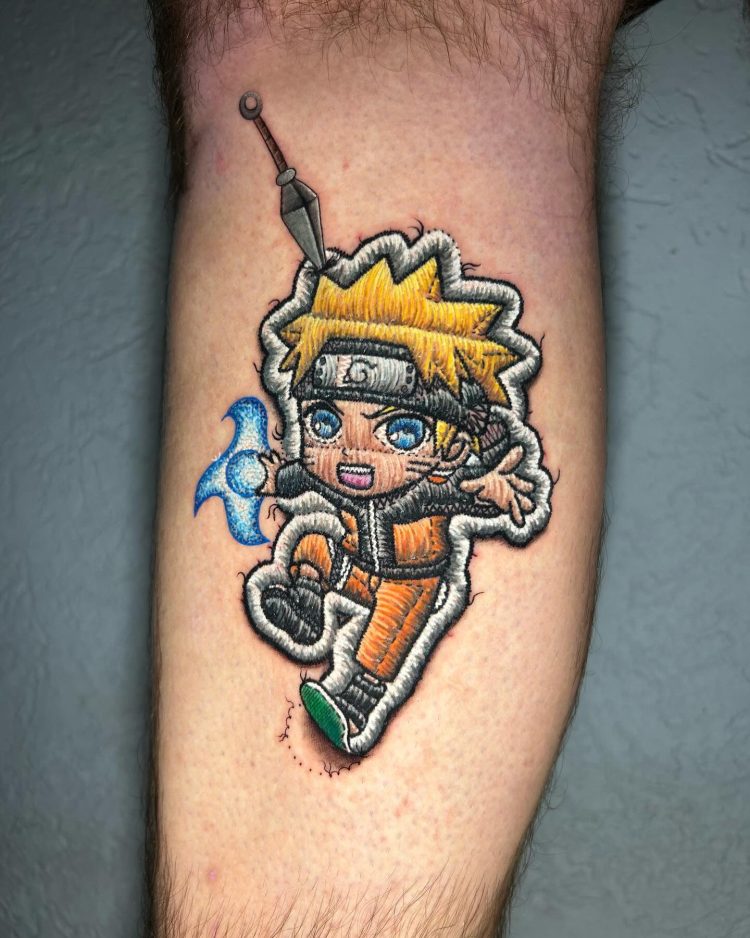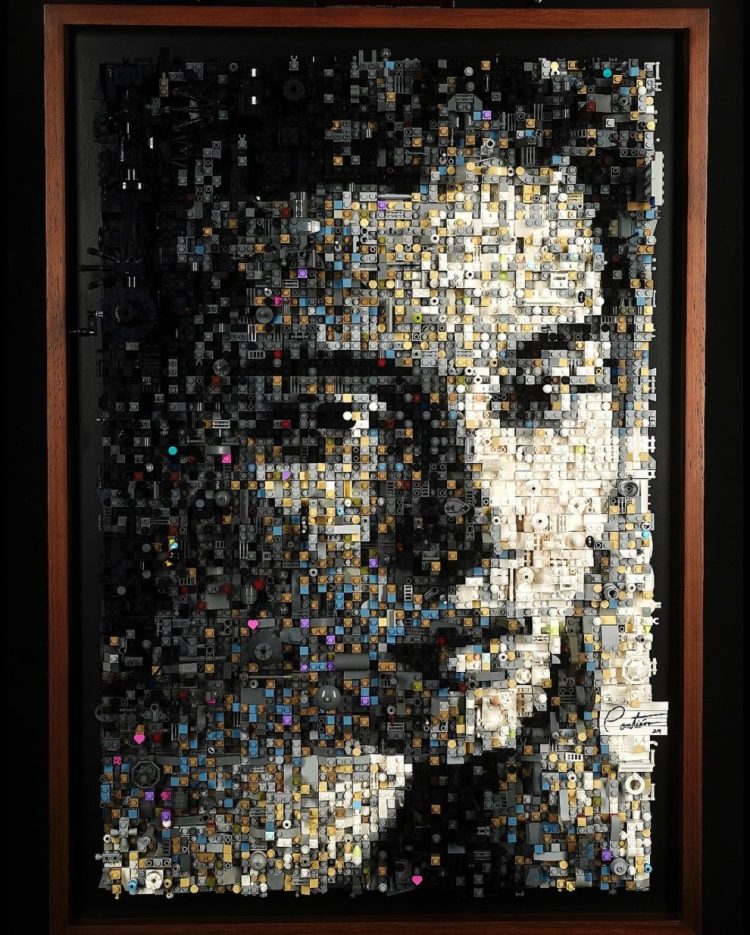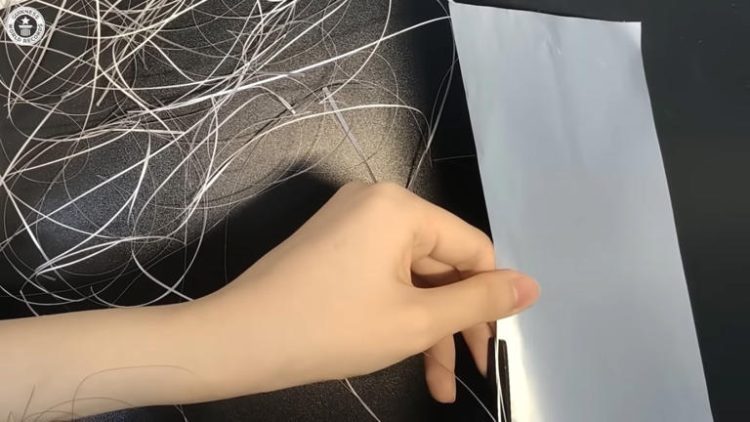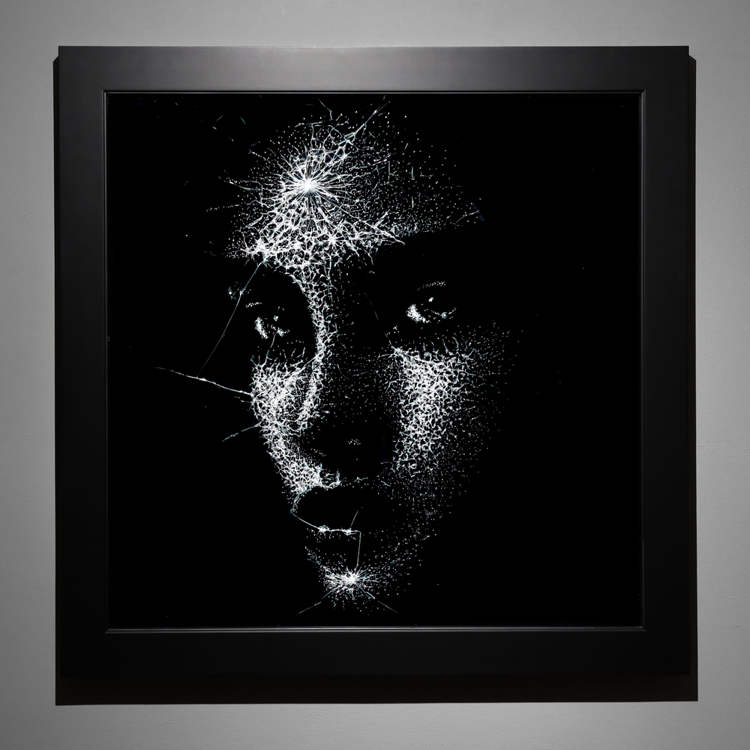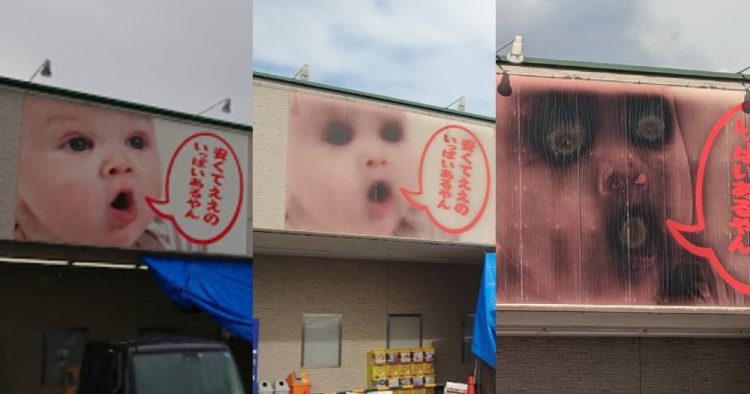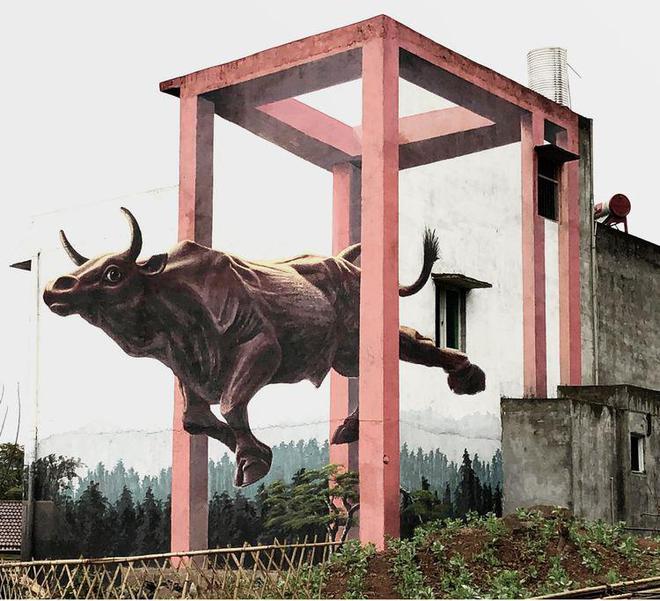The first time you see Dirk Dzimirsky’s hyperrealistic drawings, you’re convinced they’re black and white photographs. In fact, that’s the feeling you get when you see them for the hundredth time, they’re that good.
I love this kind of ultra-realistic drawings. Ever since I first saw Paul Cadden’s graphite masterpieces I’ve been pretty much hooked on these photo-realistic works of art. Dirk Dzimirsky is another one of those rare artists who have the capacity to practically create a photograph with their own hands. Using photos just for inspiration, he sets up basic proportions and then draws layer upon layer until he creates something incredibly realistic. He uses light and shadow to capture the emotional essence of each human being he portrays in his art. “I want to capture and describe a persons precence and specific inner self. Similar to what a detailed writer might employ in their analysis of an individual, I portray not only the physical attributes, but more importantly the subjects inner presence of life,” the artist says.

Dzimirsky started doing hyperrealistic drawings “as a direct reaction to the beauty mania in the media, the ongoing removal of human imperfections. You can’t see a non-photoshopped image in magazines these days,” and he considers these images to be anti-art that just lies to people. So he set out to create his own real photos, drawing everything he sees, from a person’s most beautiful features to their wrinkles and blemishes.

“I choose drawing over painting as this allows me to create many layers over layers of lines and dots which react to each other in order to create a vibrant texture with directions and movement. This approach enables the finished work to be viewed more by the “senses” as opposed to the standard visual observation of a photo. Personally, I view the practice of drawing as reminiscent of scratching on a surface to observe what’s hidden underneath, where as the nature of painting projects more the inverse, covering and hiding details and forms that might have contributed to a sensuality of a work,” Dzimirsky says.






Photos © Dirk Dzimirsky
via Enpundit


